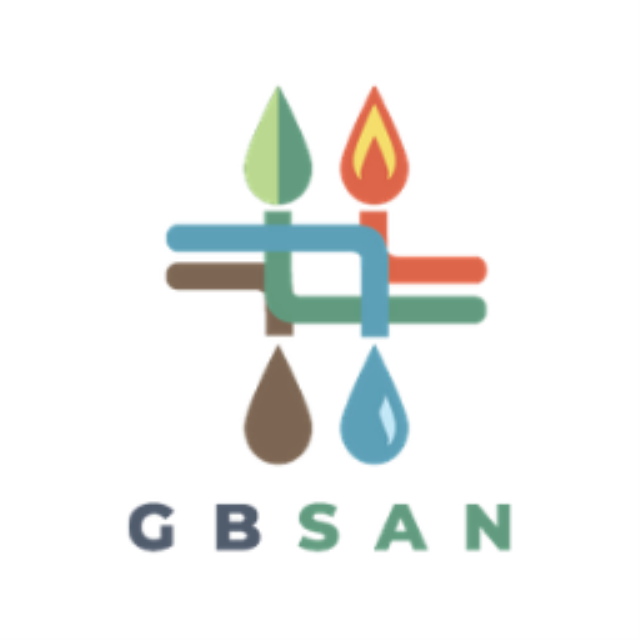The Granite Belt urgently needs a strategy to reverse the threat of species extinction in our region. Locally endangered species include the Koala and the Spotted-tailed Quoll. According to the latest information, 27 fauna species are listed as threatened and 45 species of the Granite Belt’s flowering plants are listed as threatened including 5 that are critically endangered.
The Granite Belt’s poor record on biodiversity is aligned with Australia’s. Around 10% of Australia’s endemic mammal species have become extinct since European colonisation. Over 2,200 species are listed as threatened in Australia, with many facing high risks of extinction. In 2023, 144 new species were added to the list of threatened species followed by a further 73 since then. It includes some of the country’s most loved native species, including the Koala, the Tasmanian Devil, the Northern Hairy-nosed Wombat and a range of the type of animals that Australians take for granted: parrots, cockatoos, finches, quolls, gliders, wallabies, frogs, snakes and fish.
This is a global phenomenon – species are disappearing at rates far exceeding the natural background extinction rate, with estimates suggesting that up to one million species are threatened with extinction globally, many within decades.
Successive State and Federal Governments have failed to make the necessary investment in programmes to prevent further extinctions. Equally successive Southern Downs councils have not made the necessary investments locally despite the threat of extinction being well documented and the importance of protecting our biodiversity being recognized in the council’s 2021 Environmental Sustainability Strategy.
Strategies to prevent further extinctions are well known, effective and inexpensive. Concern and willingness to act amongst local landholders is significant. The SDRC has an important role in supporting landholders in voluntary programmes that address a range of threats including habitat destruction, invasive weeds and feral animals such as foxes and cats.
Consistent with the commitments within the Environmental Sustainability Strategy, a proactive SDRC needs to invest in building its own capacity and the capacity of landholders prevent any chance of species extinction.
Such an investment will protect our landscape, secure our wildlife, improve agriculture biosecurity, and help make us a nature-based tourism destination.
After all, it is the Granite Belt’s landscape that defines our community and makes us unique – surely that is worth investing in.







